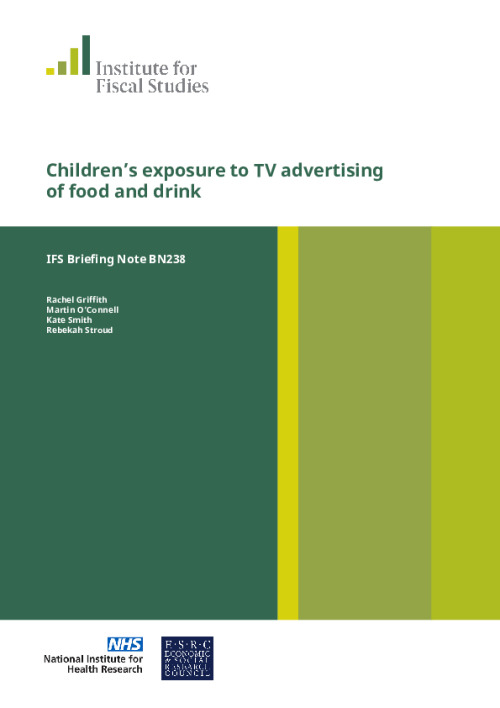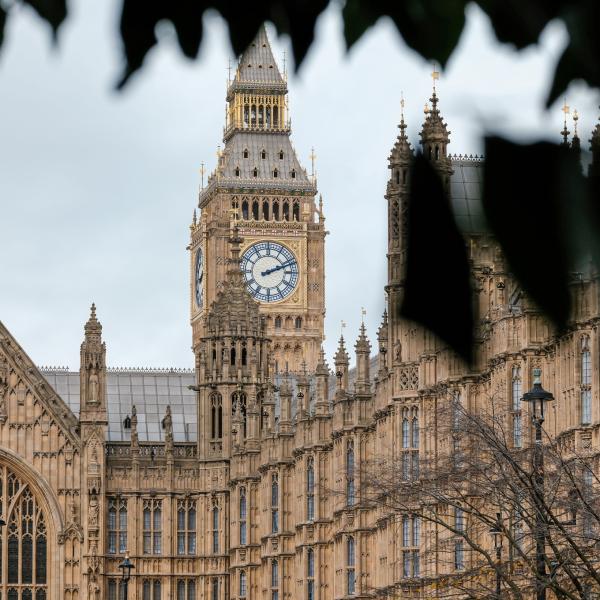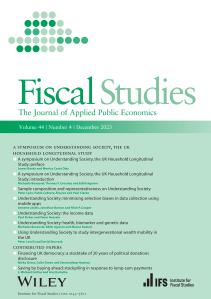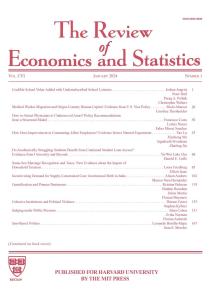Since 2007 it has not been permitted to advertise food and drink that is high in fat, salt or sugar during children's television programmes. Evidence from Ofcom suggests that in 2016 children spent 64% of their viewing time watching programmes outside children’s programming. Recent discussion around the possibility of a second wave of the Government’s childhood obesity strategy has included calls from health campaigners and leaders of all the main opposition parties to extend current restrictions on when food and drink products that are high in fat, salt or sugar can be advertised to cover all pre-watershed advertising. In a new briefing note, IFS researchers show that half of the television advertising for food and drink that children saw in 2015 was for products that are high in fat, sugar or salt or for restaurants and bars (the majority of which are fast food outlets), and that a large portion of this advertising takes place prior to the watershed.
Key findings
Since 2007, it has not been permitted to advertise food and drink that is high in fat, salt or sugar during children's television programmes.
Food and drink that is high in fat, salt or sugar is advertised only on non-children’s television. Recently, there have been calls to extend these restrictions, because the current regulation covers only a small share of the television adverts that children see.
In 2015, 50% of the television advertising for food and drink that children saw was for food and drink that is high in fat, salt or sugar or was for restaurants and bars.
39% of the television adverts for food and drink seen by children were for food and drink that is high in fat, salt or sugar and a further 11% were for restaurants and bars, the majority of which are fast food outlets.
70% of the television advertising that children saw for food and drink high in fat, salt or sugar and for restaurants and bars was shown before the 9pm watershed.
Extended restrictions that covered pre-watershed programming would have affected advertising of products high in fat, salt or sugar. Adverts for restaurants and bars would be restricted if they featured products high in fat, salt or sugar. Up to 35% of the TV adverts for food and drink that children saw in 2015 would have been affected had restrictions applied before the watershed.













